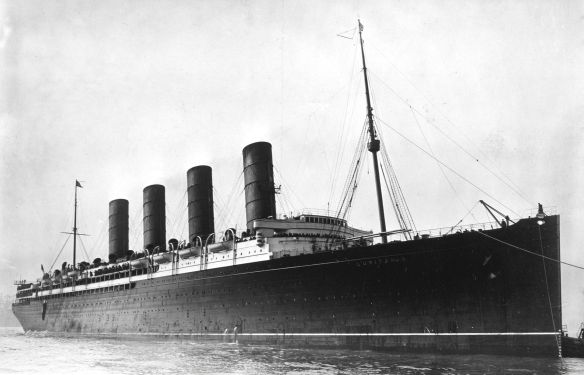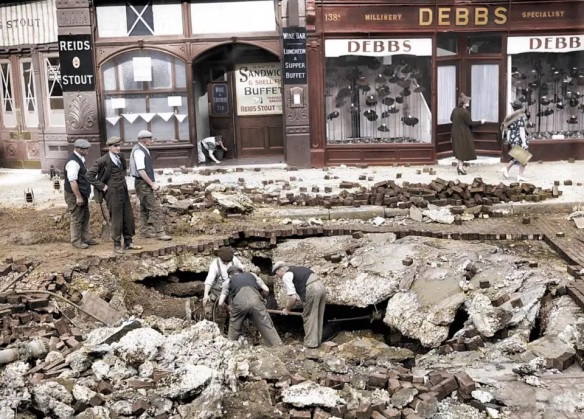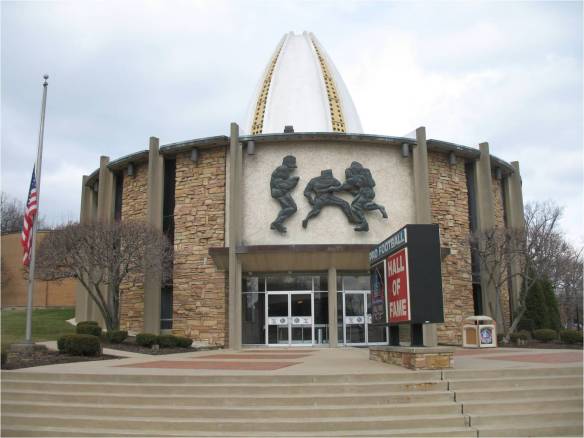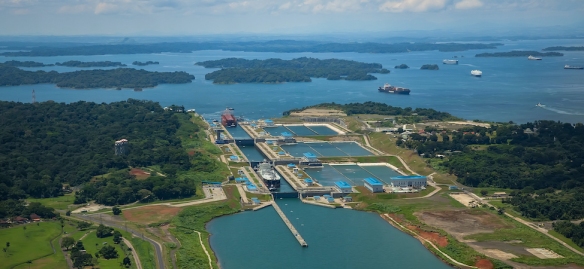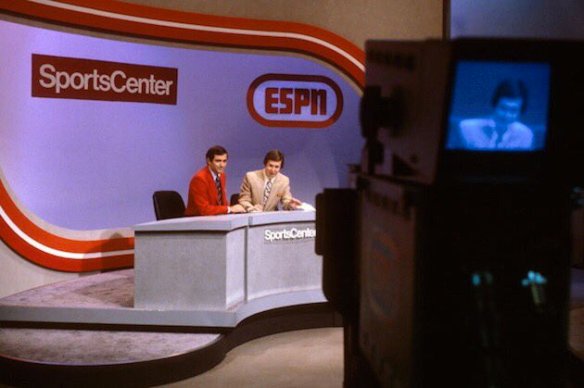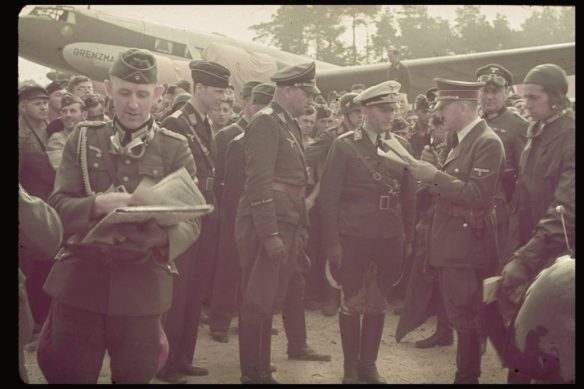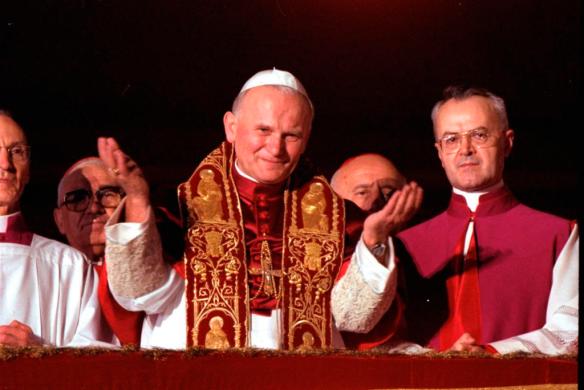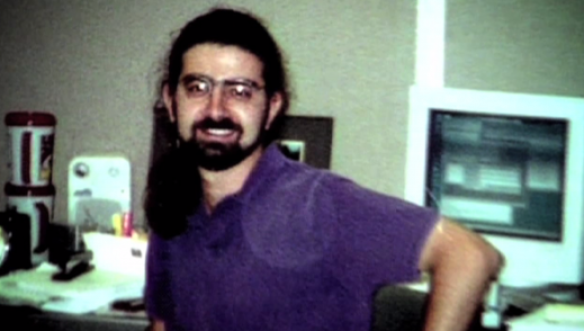1.) Castillo de San Marcos (St. Augustine)
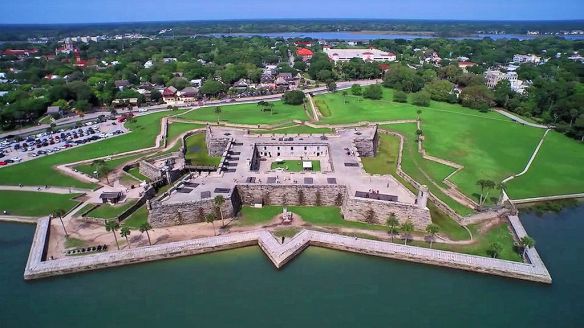
If we’re talking haunted or creepy destinations in Florida, of course, St. Augustine is going to top most lists. Let’s talk about Castillo de San Marcos, a former military fortress that’s infamous for some of its battles.
Some say the spirits of Spanish soldiers still defend the 17th century fort. Others say a light shines from a fixture in one of the watchtowers that has no electricity running to it. The spooky accounts also include one Spanish soldier in particular who stands at the edge of the fort, looking out to sea just when the sun is about to rise or set. And then there’s the dungeon — where many people have reported the feeling of cold hands touching them. Others say they just felt cold in general while walking through, according to a website called ghostsandgraves.com. Visitors to the fort say they’ve shot videos and photos of glowing orbs, misty shapes and even some shapes resembling bodies. Enthusiasts of the paranormal and supernatural definitely flock to Castillo de San Marcos for a number of reasons — all of which will make your skin crawl.

